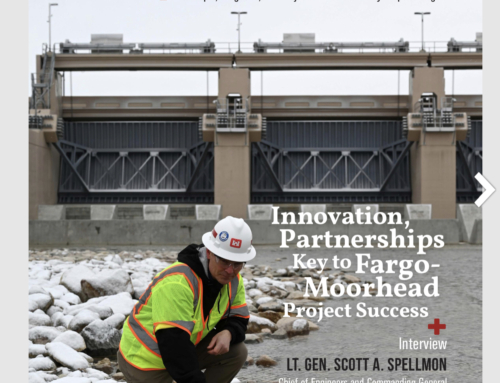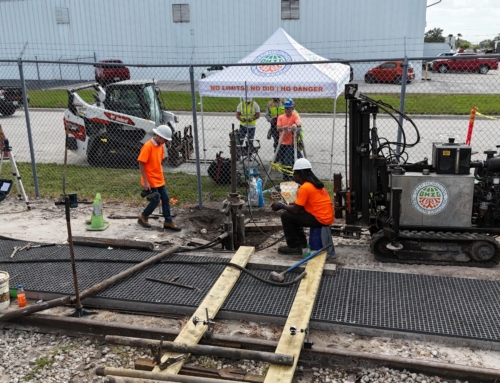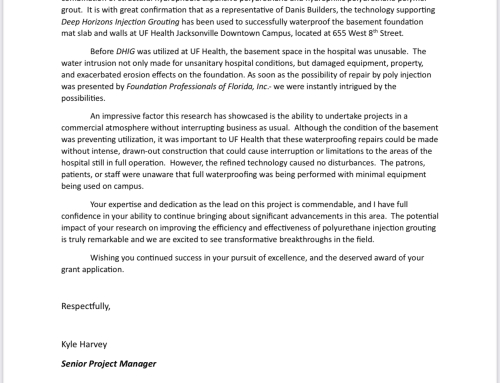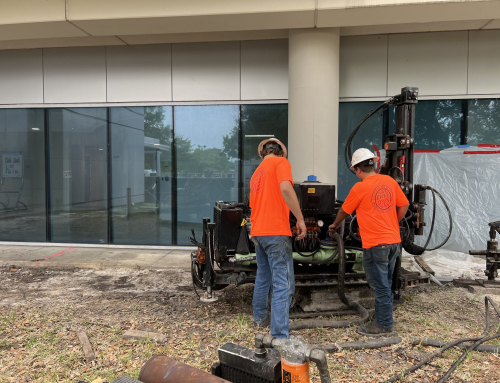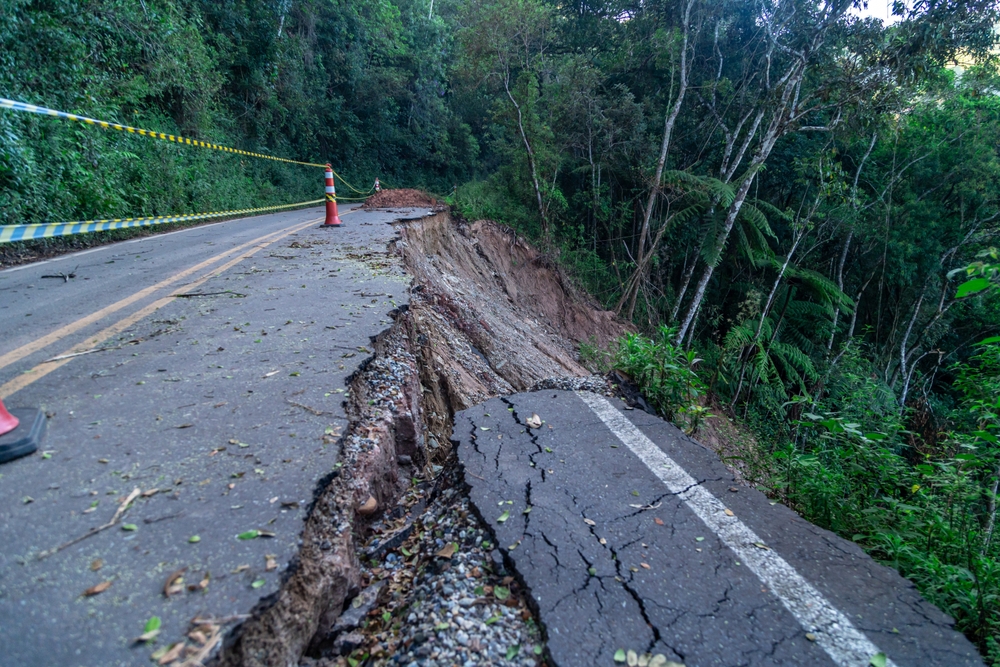
Infrastructure damage caused by soil instability and displacement is a growing concern across the country. In the Midwest, a consistent freeze-thaw cycle can decimate underground infrastructure in just a few years’ time. In coastal zones, such as the Gulf of Mexico, rising ocean levels are eroding water control infrastructure. And, in areas prone to drought or dryness, sinkholes are an increasingly prevalent danger.
As these problems occur with more frequency and severity, municipalities are exploring solutions to stabilize the soil and protect their infrastructure. And from pipelines and roadways to seawalls and sinkholes, a permanent, universal solution to soil instability and the chaos it creates is finally here.
Aging pipeline infrastructure
Many major American cities suffer from outdated, and in some cases antiquated, sewer systems. In Washington D.C., much of the city’s wastewater system is well over 200 years old. Above the ground, urban infrastructure has grown and developed, but underground water and wastewater infrastructure is under increasing duress.
Overworked water systems are subject to sanitary sewer overflows (SSOs), which can cause lingering pipeline problems and environmental damage that affect soil integrity. Repairing aging water infrastructure is a tall order. A traditional trenching approach causes widespread disruption and comes at a high cost. And while modern trenchless methods, such as cured-in-place pipe (CIPP) can patch or rehabilitate underground pipelines, they don’t account for shifting soil stress or the safety of repair personnel.
These same issues can plague oil and natural gas pipelines, which face similar stressors due to shifting soil. According to a 2018 statistical analysis of pipeline failure due to environmental factors, “85% of product released after an accident remained unrecovered, 53% of accidents led to soil contamination, 41% of accidents impacted environmentally sensitive areas, and 92% of water crossing pipelines involved in accidents were uncased.” A 2020 study notes that rainfall, soil saturation, and slope are the most prominent catalysts in pipeline failures caused by shifting soil.
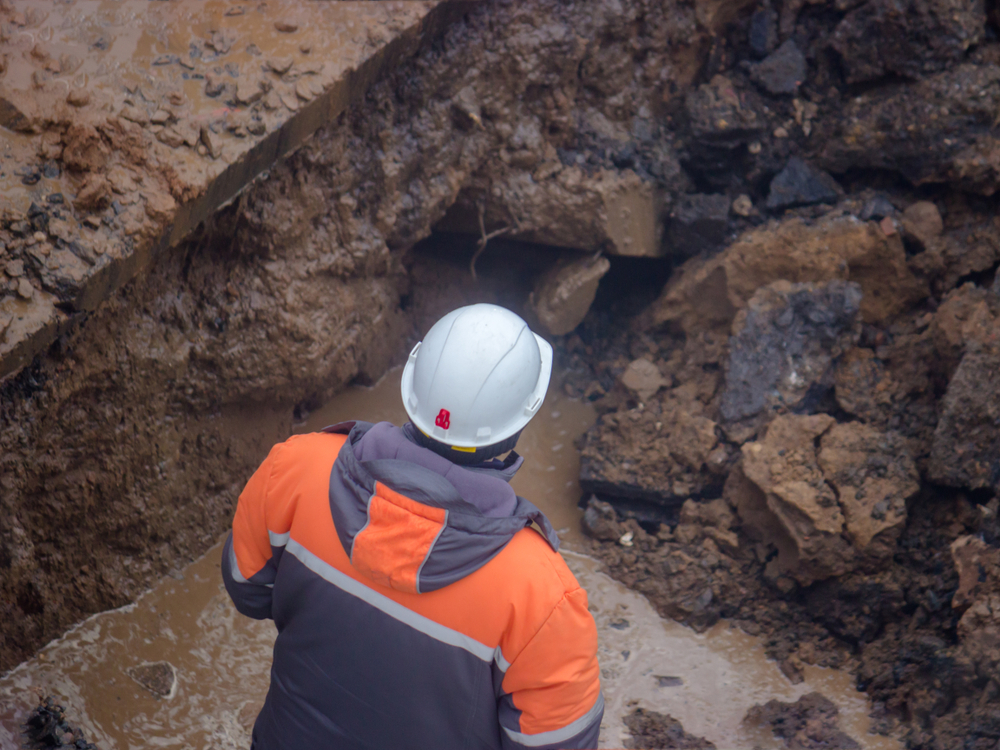
Sinkholes: an unsettling trend
Speaking of saturation as a catalyst, sinkholes are a prime example of what can happen when water causes extensive underground soil erosion. There are three distinct types of sinkholes:
- Cover-subsidence sinkholes are less catastrophic than others and occur when soil sinks slowly and causes a depression.
- Dissolution sinkholes occur when a lack of groundcover allows water to infiltrate foundational bedrock to cause soil erosion and displacement.
- Cover-collapse sinkholes occur when soil shifts underground, and a clay surface arch erodes over time until it collapses inward.
Between climate change and human activity, sinkholes are increasingly prevalent. Florida has an officially recognized “sinkhole season” that coincides with the spring when the ground is oversaturated after the dry winter season. Traditional sinkhole repair is more about filling the hole than fixing soil displacement and/or its contributing factors. Excavation and bedrock reinforcement are time-consuming, expensive, and dangerous — with no guarantee of future soil stability.
Increasing infrastructure failure
The threat of soil erosion goes beyond pipelines and sinkholes. In fact, it’s critical to consider erosion potential in any location where water is an ever-present threat, including seawalls, bulkheads, levees, dams, and other water control infrastructure — where the consequences of catastrophic failure are deadly.
Water control infrastructure is vulnerable to erosion far below the ground’s surface. The effects of shifting soil travel upward to compromise even well-stabilized structures. Leaks can form, which erode critical supports before a breach eventually occurs. By this point, remediation becomes incredibly costly and time-consuming, and repair efforts need to extend beyond the infrastructure itself.
Fixing water-adjacent infrastructure has always been a massive undertaking, and it’s made more difficult by the scope and scale of the failure. It’s a problem that tends to get worse before it’s fully resolved. The solution lies in addressing repair and soil stabilization simultaneously — with one visionary innovation.
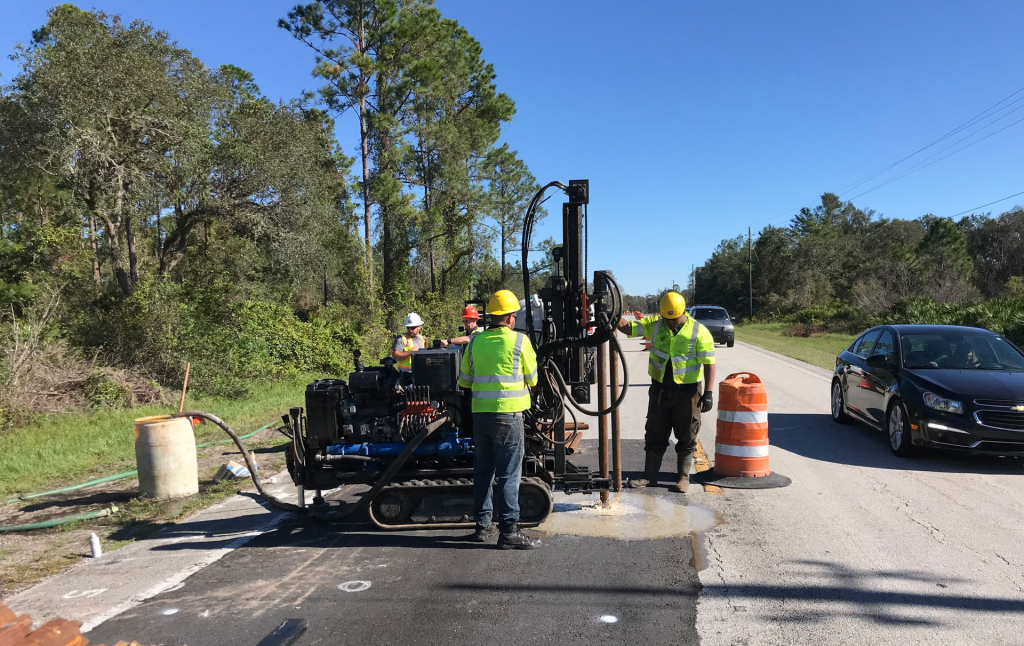
One singular solution
Today, every soil instability problem shares a common solution in Deep Horizons Injection Grouting (DHIG). DHIG goes beyond remediation of the causes of soil displacement to permanently address soil instability and prevent recurring problems — even at depths exceeding 100 feet.
DHIG uses an eco-friendly, sustainable polymer blend and patented, proprietary application technology to stabilize foundational soils quickly and effectively, while permanently sealing leaks in underground pipelines and other infrastructure. With no need for trenching or extensive excavation, DHIG technology protects communities from the consequences of soil displacement without the disruption and danger associated with traditional repair and stabilization methods.

